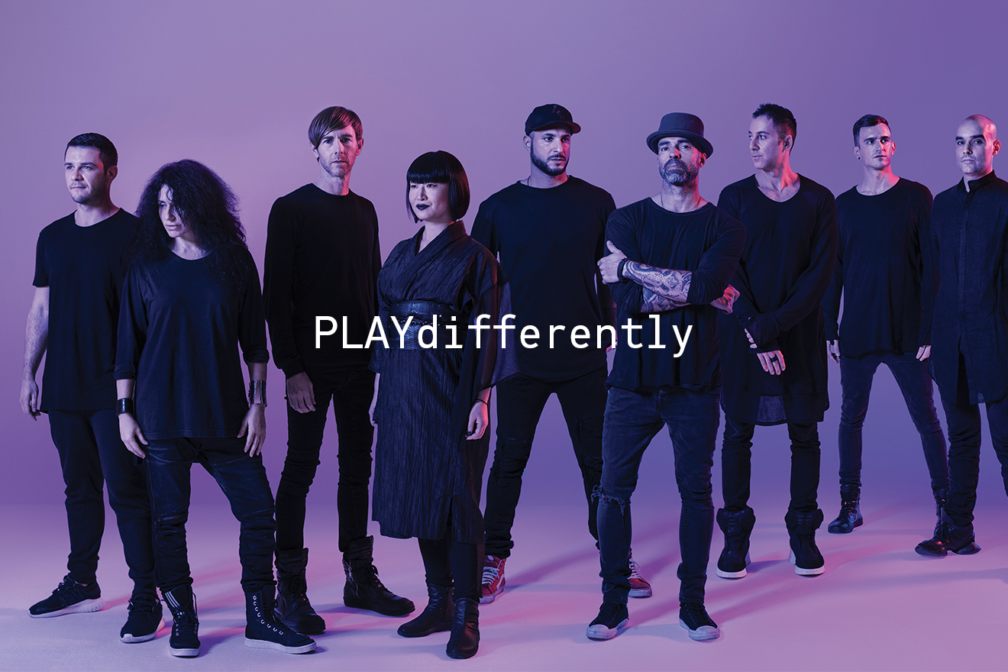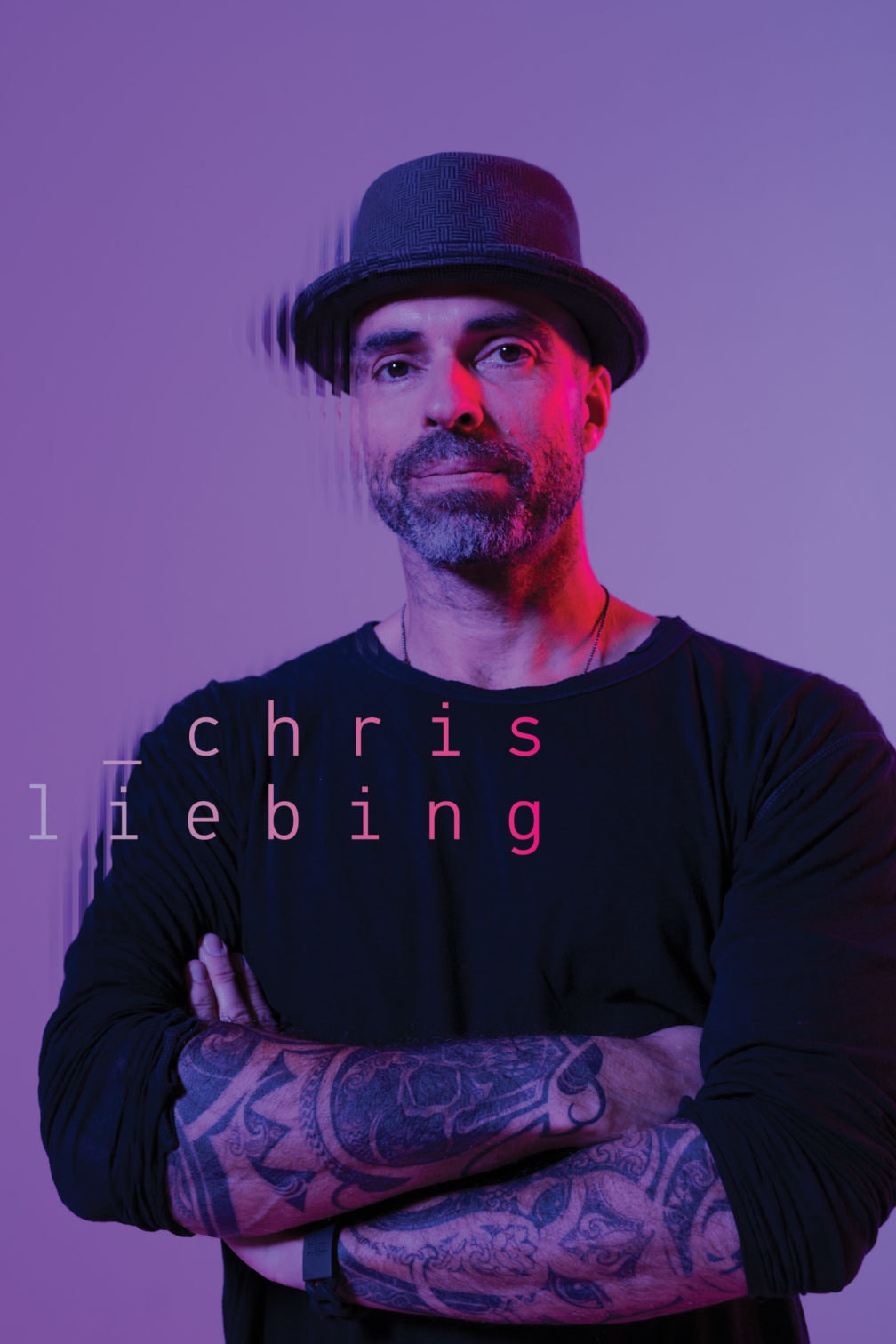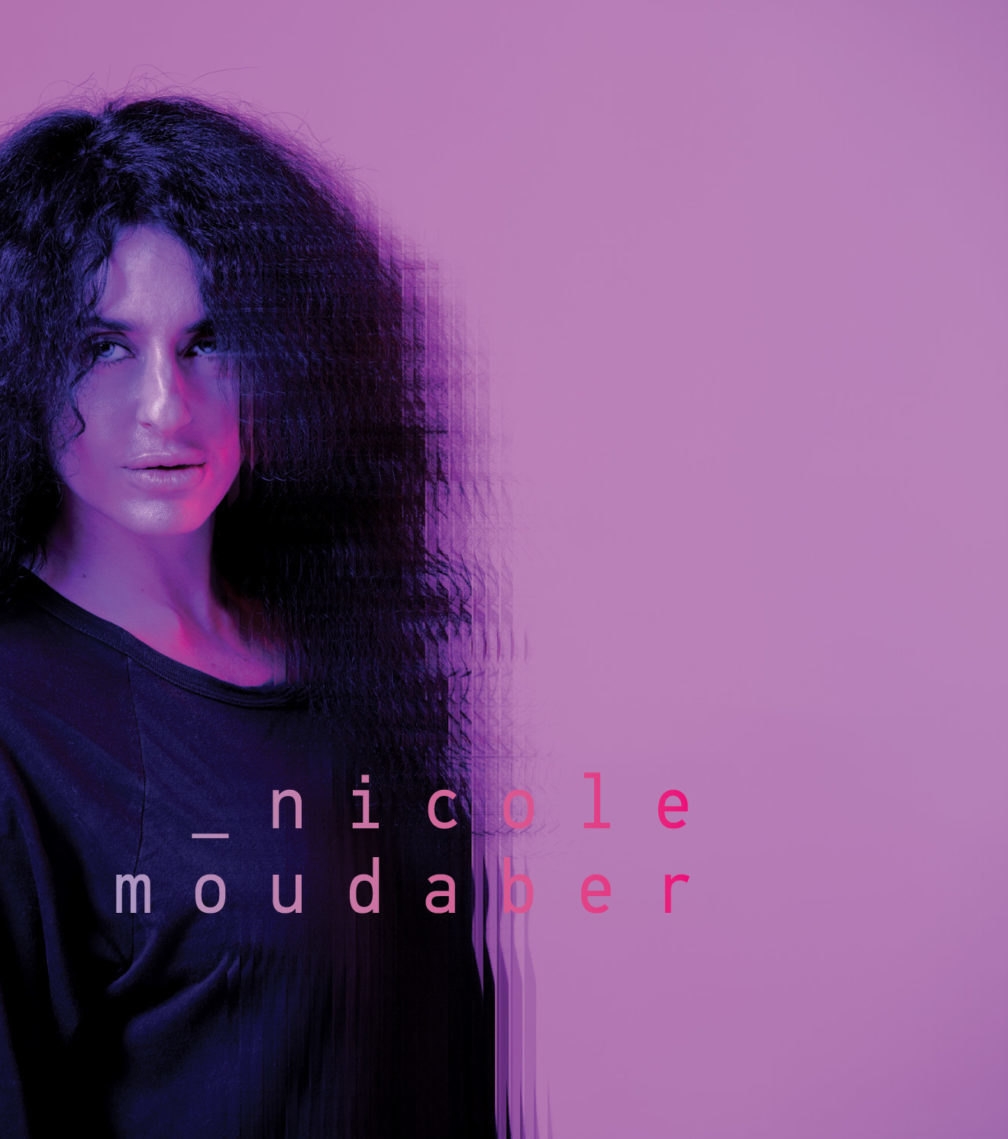 Features
Features
Playing differently: Richie Hawtin and his DJ super-team
We rounded them up at the Amsterdam Dance Event to talk tech, techno and taking performance to the next level

For some DJs it’s about mixing two tracks together. For others it’s three or four. For Chris Liebing it’s about endless layered loops. Or a carpet, in his words.
“A carpet of sound,” grins the German innovator. “So you don’t hear when something is finished or something new is starting. Being able to keep loops running as long as I want and really get into a groove, layering, layering, layering. That’s what it’s all about for me.”
Currently flexing six Traktor decks, a Maschine Jam, Ableton Push and a Cycloops looper, Liebing’s tech rider has developed exponentially since the two tape decks he used at school discos –and it’ll doubtless grow again.
“What an amazing time to be alive,” he says. “I feel more creatively fulfilled now than ever.” But it’s not all perfect. “For me everything has become too mechanical and robotic, it’s missing the human touch,” he says. “That translates to the crowd – there’s less room for floating, less room for flow or soul. I’ve suggested to Native Instruments that they add something into the preferences so tracks can float a little off-track. Like turntable behaviour. It would be nice to push and pull a little again.”
The MODEL 1, meanwhile, gives him a different opportunity to push and pull: pushing the mixer’s capabilities while pulling the crowd even deeper in.
“It’s a cliché but I’m actually playing differently,” he laughs. “The filters feel like I’m adding something, even when I’m taking something out. The harmonics have changed my idea of a set: I go a lot trippier, with more subtlety and length. Now there are even more options to morph things and create an even more unique, even deeper carpet of sound.”

There are two main routes into DJing: either someone’s always wanted to be a DJ and became a producer in order to have unique music to play and to raise their profile, or they’ve always wanted to make music, so consequently they’ve had to perform, too.
Then there are those who came through in a different way, and have a different perspective. DJs like Nicole Moudaber, a woman who’s stormed the techno ranks to become one of this decade’s most enduring success stories since emerging on Intec and Drumcode and then establishing her own distinctive, groove-laden imprint, MOOD.
Charismatic, resolutely ambitious and backed by a fiercely loyal fanbase; these are all traits that are rooted in her past life in music as a promoter.
“I had no intention of becoming a DJ – or even making music to begin with,” she explains in a smoky Lebanese/London drawl. “It was always the passion for the party that attracted me to work in music in the first place. After I took time out from promoting to renovate a villa in Ibiza I came back into music as a producer, and I still have a promoter’s perspective. I hope it never leaves me.”
As well as helping to dig foundations for her native Beirut nightlife, Nicole’s promoter perspective was truly chiselled at her Soundworx parties at London’s legendary Turnmills. Complementing the trance in the main room with a darker blend of tribal techno every week developed the skills and understanding she continues to develop to this day, most notably with her ongoing In The MOOD series of parties, the branded nights that she brings to some of the world’s best underground clubs with line-ups featuring Nicole and a few carefully selected guests.
“Our focus as DJs should be on the whole experience of the night, not just the small part we play individually. This is what I lived and I breathed for years and it’s so important. People go to parties in search of those special moments – moments that stick with you for years. You connect with new people. You open your mind. Music can take you to some real places, can’t it?”
And when connecting with the right technology, DJs can take that music and whole experience to unchartered territories – both for the crowd and the artist. The MODEL 1 has created a paradigm shift in the way she performs, elevating her from DJ to DJ/live hybrid with a weapons cabinet comprising Traktor, Ableton, Ableton Push and three controllers (two NI X1s and one Xone K2), all of which provide her with even more potential to control the party.
“I’ve changed everything right down to the sound card. I’ve spent the last week re-routing all my set-up and machines, re-routing my life… including the chips in my brain,” she laughs.
“I was always going to go in the live direction eventually, but my travel and hectic schedule prevented me until now. You have to do your homework and prepare in the studio and commit to lots and lots of practice. To do all those layering and live elements on the fly, and do them well, you need to know your technology inside out.”
This is why Nicole has attained an almost cult-like status. No matter how hectic her schedule is, no matter how deep into the technological rabbit hole she goes, she remains grounded – and passionate about music. DJs may have come into the game via two paths, but Nicole’s path is the party spirit that brought us all here in the first place.


